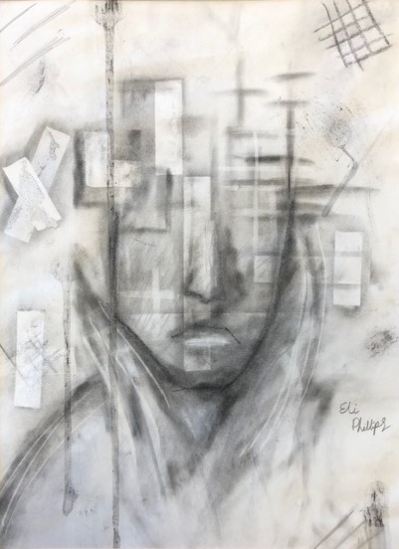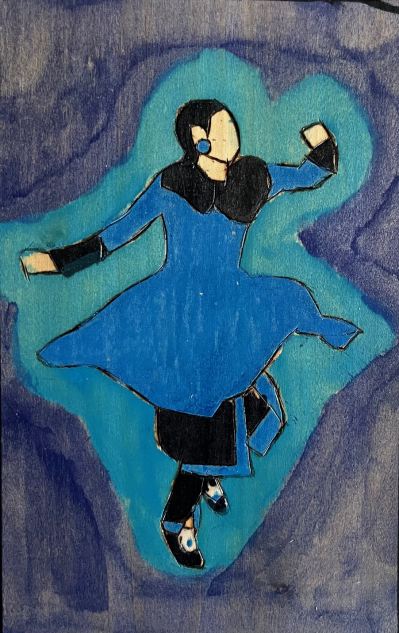Teacher Resources
Below is a list of resources for teachers from NYSED and external sources:
Indigenous Culture and Language Instruction
Indigenous Culture and Language Studies Certificate
In June 2023, the Board of Regents adopted a regulatory amendment establishing the Indigenous Culture and Language Studies (All Grades) certificate to promote the teaching of Indigenous cultures and languages. Follow the link to access the certificate application in the TEACH system. Requirements for obtaining the certificate can be found under the “Classroom Teacher” area of interest on the Search Certification Requirements webpage.
New York State Seal of Biliteracy
The New York State Seal of Biliteracy is awarded to high school graduates who attain a high level of proficiency in English and one or more world languages. High school students who are proficient in an Indigenous language are eligible to work toward this credential. Follow the link to read more about the NYSSB and to see if your school participates.
Salamanca City Central School District Native American Curriculum Team
Full SCCSD Indigenous Studies Standards
SCCSD Native American Curriculum and Resource Hub
Background information from the Salamanca City CSD Native American Curriculum Team:
To create the Indigenous Studies Standards, there were several steps in the process (We are on step 9, but do not plan to submit them to NYSED until the process is done): (1) research within the team (2) development of initial standards with Indigenous Studies Committee (3) applying the standards in a wide variety of classrooms to find strengths and weakness (this happens continually) (4) review and revision by local experts and community members (5) final review and approval of contributors (6) post for public comment (7) submission to Seneca Nation Council for comment and approval (8) submission Salamanca City Central School District Board of Education for comment and approval (9) presentation to other school districts serving Onöndowa’ga:’ (Seneca) students (10) presentation to other Hodinöhšö:ni:h nations (11) presentation to Grand Council (12) submission to New York State Education Department (NYSED).
The Indigenous Studies Standards are written so that school districts can adapt them as needed in their local area. Each of the proposed New York State standards includes the phrase “local indigenous” specifically for that reason. For the local standard “local indigenous” was simply replaced with “Onöndowa’ga:’(Seneca).” It is expected that a school district in Mohawk territory, as an example, would work with the Mohawk community to create a set of local standards that are appropriate. Salamanca School District is located in Ohi:yo’ territory (Allegany territory of the Seneca people) and the Onöndowa’ga:’(Seneca) community was included to create the local standards and content. This should only be regarded as a model for those outside of Ohi:yo’ territory.
The Indigenous Studies Standards are divided into two broad concepts: culture and history. Culture is further subdivided into (1) Language, (2) Creation, (3) Ceremony, (4) Dance, Music, Song, Sport, Games and Art, (5) Giving Thanks, (6) Food, Agriculture and Sustainability, and (7) Daily Life and Belief Systems. History is subdivided into (8) Government, (9) Contact, Continuity and Change, (10) Treaties and Diplomacy, (11) Reservations, Assimilation and Dispossession, and (12) Revitalization and Activism. Both culture and history should be taught in all grades. However, culture is the primary focus in the younger grades (k-6) while history is the primary focus of the secondary level (9-12). Grades 7 and 8 are the transition toward history.
Please do not hesitate to contact us at nact@salamancany.org for any questions. You can also visit our webpage at https://www.salamancany.org/o/nasc/page/native-american-curriculum-resource-hub
Smithsonian Institute
Native Knowledge 360
Smithsonian Institute's Native Knowledge 360° provides new perspectives on Indigenous history and cultures through educational materials, virtual student programs, and teacher training. "NK360° challenges common assumptions about Native peoples and offers a view that includes not only the past but also the vibrancy of Native peoples and cultures today."
National Museum of the American Indian
A component of the Smithsonian Institute, NMAI houses an expansive collection of Native artifacts (objects, photographs, archives, and media) from the entire Western Hemisphere. NMAI has locations in Washington DC and New York City.
This site offers free access to the digital edition of the magazine as well as a digitized archive.
Indigenous Studies - Other Instructional Resources
PBS: Indigenous Culture and History Resources
This site provides links to a number of K-12 multimedia classroom resources about Indigenous culture and history, ranging in focus from New York State to across the United States.
This site introduces educators to 18 resources that can be used to teach Indigenous history and culture at the middle and high school levels.
NILL is a library devoted to federal Indian and tribal law that maintains a collection of Indian law resources.
New York Native Americans - Language and Culture
This resource guide provides educators with information and resources about the eight federally recognized Tribal Nations in New York State. It was developed in 2012 by the NYS Language Regional Bilingual Education Resource Network at New York University.
Resources for Teaching About Indigenous Peoples
This list of resources was complied by the National Education Association to help educators teach students "honestly and accurately" about Native American history.
Resources for Educators of Indigenous Students
Learning Styles of American Indian/Alaska Native Students: A Review of the Literature and Implications for Practice
A 2002 review of research related to different learning styles of Indigenous students.
What Every Teacher Needs to Know to Teach Native American Students
This article discusses the culture and learning styles of Indigenous students.
National Indian Education Association
Formed in Minneapolis, Minnesota in 1969, the NIEA seeks to improve educational opportunities and outcomes in Indigenous communities, promotes educational sovereignty, and supports the continuing use of traditional knowledge and language. The website contains information on college resources for Indigenous students, professional learning, Indigenous language and culture resources, Indigenous education research, and digital learning resources.
Native North American Traveling College
Founded in 1974 and located in Akwesasne, the Native North American Traveling College offers events, school presentations, and in-person museum tours dedicated to preserving Mohawk cultural heritage through education, facilitation and commerce.
This historical document is a position paper that informed and educated policymakers at the time of publication on how educational opportunities for Indigenous students could be improved.









